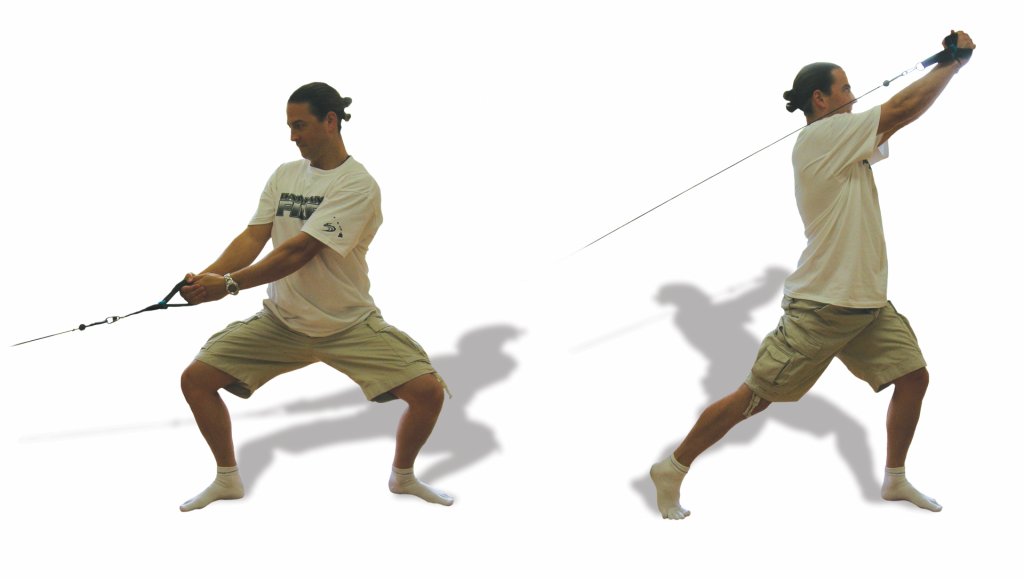
Life is a three-dimensional activity. And nowhere is this more prevalent than in athletics, where bodies require movement, balance and strength in three planes of motion. In sports science, bodily movement is broken down as forward and backward (sagittal plane), side to side (frontal plane), and rotational/twisting (transverse plane).
Though this may seem obvious, there are many recreational athletes and outdoor enthusiasts who don’t fully appreciate this concept. Most people tend to train in only one dimension—forward and backward. Not only does this leave a major gap in their performance capabilities, it also leaves them prone to injury. For example, nearly all anterior cruciate ligament (ACL) injuries to the knee occur as individuals try to decelerate their body in the transverse plane (e.g. when you plant your foot suddenly and pivot to change directions).
If you value performance you must train in all three planes. Forget about sitting in front of the mirror doing tricep extensions or bicep curls, it won’t help you on the playing field. Forget machines for a while as well. Most machines you sit or lay on function only in the sagittal plane, and are not helpful for developing multi-planar strength and movement.
Abdominal rotation machines do work in the transverse plane, but they cause excessive shear force on your spine and are useless for creating full body twisting capabilities.
To get started with multi-planar training you need to start thinking in terms of movement rather than individual body parts or muscles. Some of the most important movements for athletic performance are squats and lunges. After several weeks of perfecting their basic mechanics, you can begin linking squats and lunges in combination movements and then take the lunges into other planes of motion by going side to side or by rotating via foot pivots.
For your upper body, in addition to standard pushing and pulling try diagonal or rotational arm movements (e.g. double handed wood chopping movements and twists across the body) while holding a dumbbell or using a cable column. If you have access to them, kettlebells are an excellent dumbbell alternative. These are ball shaped weights with a handle attached to the top, which allow for a variety of resisted multi-planar movements.
Ideally you will want to integrate your lower and upper body movements to create full body movements through all planes of motion. Try pivoting into a lunge while performing a wood chop. Or, stand up from a squat and rotate a cable across your body with both hands. You can (literally) take it to the next level by incorporating stairs or a bench. Practice stepping up and down from a variety of angles and directions while using your arms to twist, chop, lift, etc.
Think about your favorite sport, and design movements that are similar to that which you might encounter. Have fun with it and remember the three-dimensions. With a little creativity you should have no trouble out-training and out-performing the one-dimensional crowd.
For questions or further information, the author can be reached at info@somatic-systems.com.




